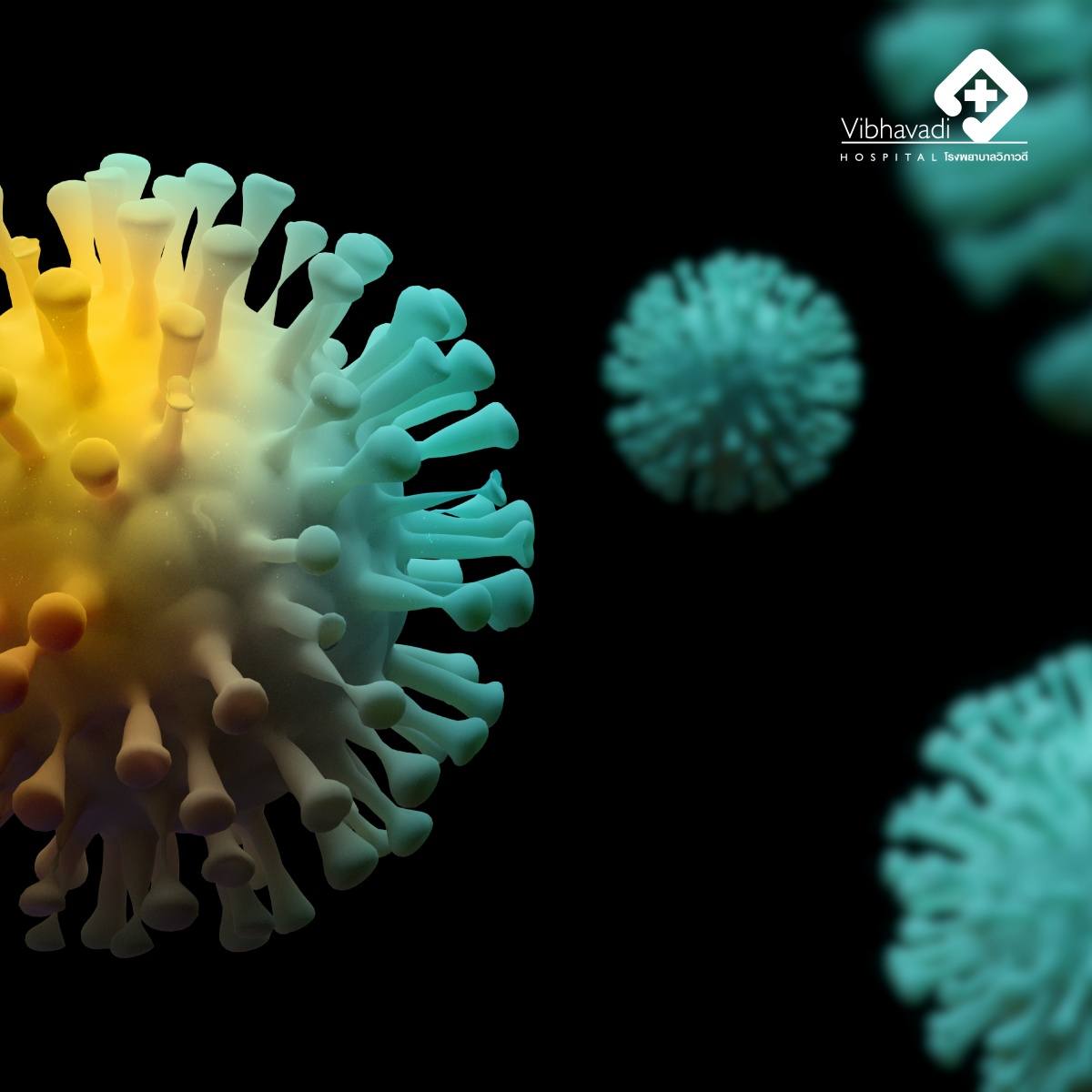Human Monkeypox
In Wisconsin, Illinois, and Indiana, a number of patients were found to have contracted monkeypox. This infectious disease has been linked to people who came into contact with infected prairie dogs sold as pets in two animal stores in Milwaukee. These prairie dogs may have been infected by the Gambian giant rat, an exotic pet.
Other animals that may be infected with this disease include monkeys, rabbits, and other rodents.
What is Human Monkeypox?
The human monkeypox is a disease that stems from a virus found in the rainforest countries of Central and West Africa. While it's prevalent in animals, it's rare to infect humans.
Can the infection be transmitted from person to person?
The CDC in the US has reported an outbreak of human-to-human transmission in Africa, which is typically not fatal.
What are the symptoms like?
In humans, symptoms of monkeypox include fever, headache, body aches, muscle pain, chills, sweating, and in some cases, coughing. A rash will later develop on the head, body, and limbs, appearing hard, white, and pus-filled. The rash will persist for about two weeks before drying out and flaking off.
Can it be treated?
This illness currently has no particular cure. However, in Africa, there have been reports that a smallpox vaccine can lower the chances of getting monkeypox. The CDC suggests that a smallpox vaccine and the antiviral medication cidofovir could potentially be used for treatment.
What are the prevention measures?
Transmission of the disease is believed to occur through direct contact with infected animals. Therefore, the US CDC recommends the following prevention methods:
Avoid direct contact with animals such as pears or giant Gambian rats that show signs of illness such as patches of hair loss, skin rash, or discharge from the eyes and nose. Wash your hands thoroughly after any contact with an animal.
by Dr. Rungthip Wanwimonsuk, General practitioner
Thank you for coming to Thaiclinic.com















